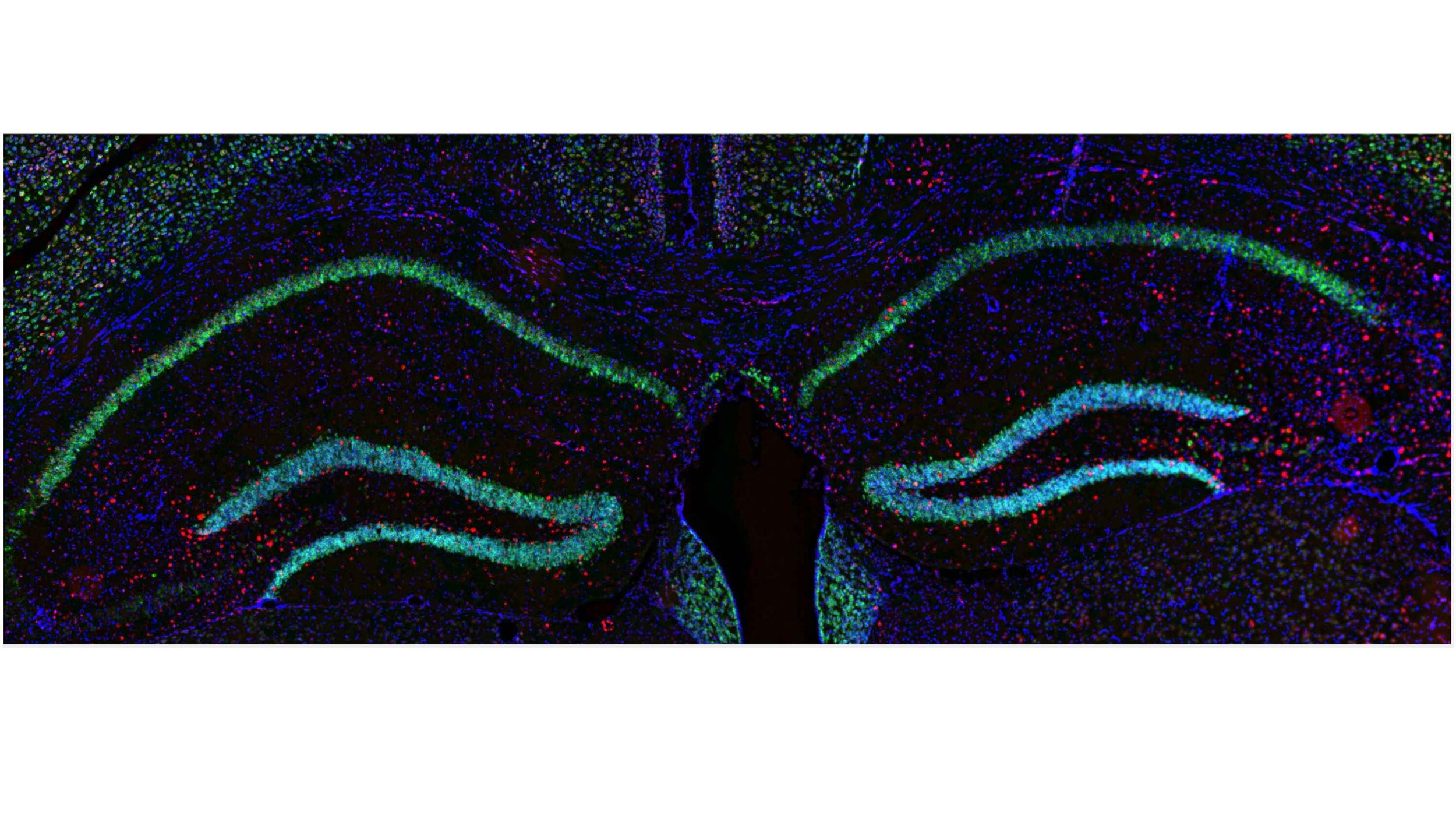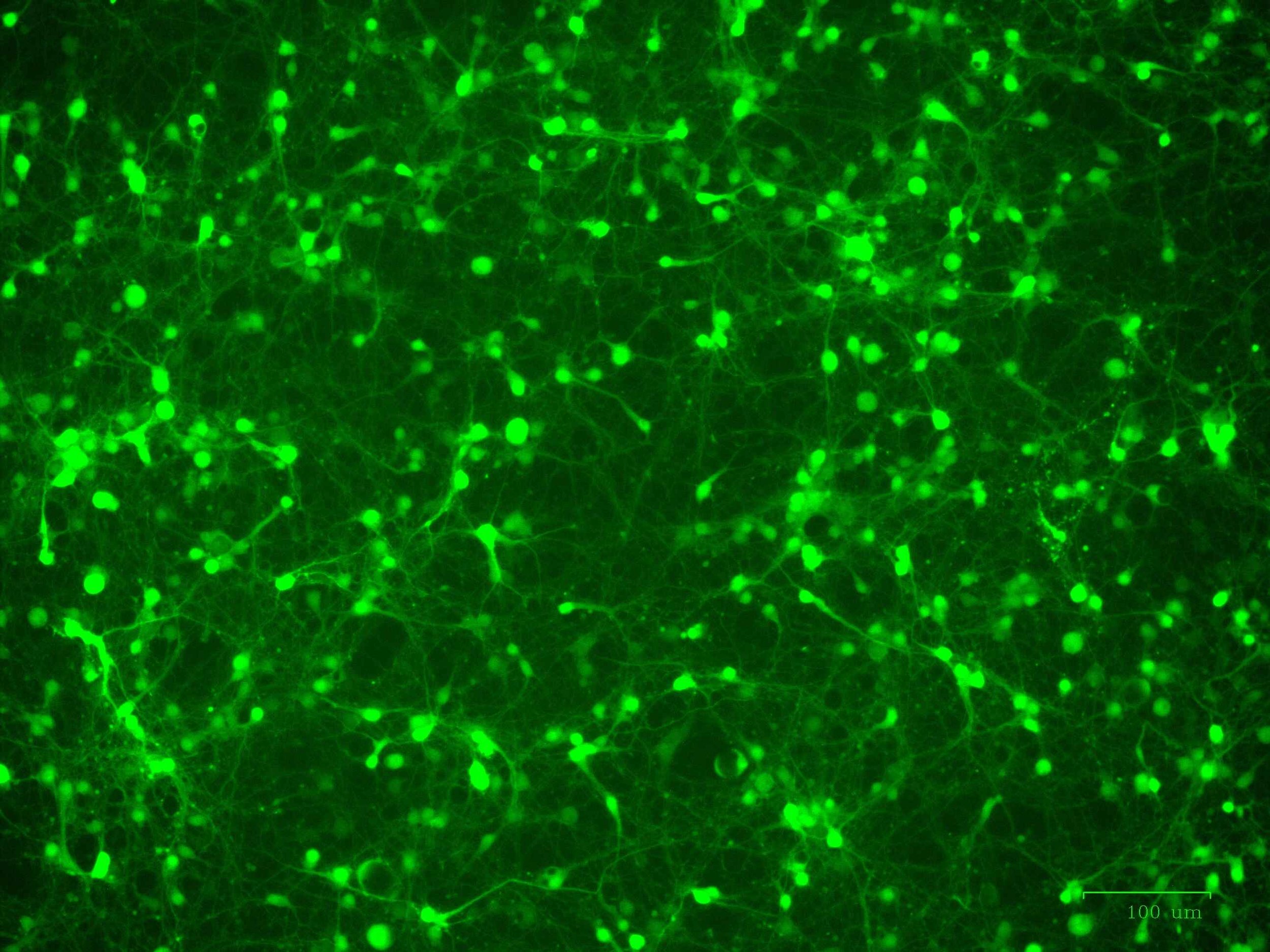
Research
What we do:
The brain is incredibly complex, and gene expression plays a key role in its development and function. By studying gene expression regulation, we aim to gain insights into how the brain develops during critical developmental periods and how it maintains its functions in response to new experiences and environments throughout life. Many neuropsychiatric disorders, such as substance use disorders and schizophrenia, have a genetic component and are linked to changes in gene expression. By investigating gene regulation in the brain, our laboratory aims to identify the molecular mechanisms that contribute to normal brain function and pathological conditions, offering clues for the development of new drugs that target these mechanisms through specific genes or the pathways they control.
How we do it:
We combine advanced genomic methods with in-depth molecular, cellular, and behavioral analyses to study the mechanisms of gene regulation and expression in different brain tissues and cell types. We focus on how genetic variations and environmental factors influence the activity of DNA regulatory elements, such as enhancers, that are crucial for cell type-specific gene expression. We employ cellular models, including neurons and astrocytes, to examine gene expression in response to various stimuli. Furthermore, we use mouse models to investigate the effects of genetic manipulations or external factors, such as psychoactive drugs, on molecular, cellular, and behavioral processes.
Our Projects:
Single-Cell Gene Regulation in Addiction
Our latest research employed single-nucleus sequencing to generate a comprehensive gene expression and chromatin accessibility atlas in the amygdala of outbred rats exhibiting a range of cocaine addiction-like behaviors. Our findings reveal that disruptions in energy metabolism and GABAergic transmission may be fundamental to determining an individual’s susceptibility or resilience to addiction.
In ongoing projects, we aim to discover gene regulatory mechanisms that predispose individuals to opioid addiction at a single-cell resolution. Our studies focus on how genetic factors influence the activity of enhancer elements and transcription factors that drive gene expression changes during different stages of opioid use disorder. Our goal is to close critical gaps in knowledge and advance toward potential treatments for substance use disorders.
The Role of Reelin in the Adolescent Vulnerability to Cannabis Use
During adolescence, the developing brain is particularly susceptible to the potentially detrimental effects of cannabinoids. The early and frequent use of cannabis during this critical period of development has been associated with an elevated risk of drug addiction and schizophrenia in adulthood. Our previous research has demonstrated the enduring impact of synthetic cannabinoid exposure during adolescence on cognitive and emotional behaviors, along with persistent changes in gene expression within brain regions of the reward system. These findings have underscored the significance of Reelin, a protein involved in brain development and plasticity, in modulating the long-term effects of cannabinoids.
Our current projects are focused on exploring how synthetic cannabinoid exposure and Reelin signaling interact and their impact on the developmental trajectories of specific cell types within the reward system. Our approach combines single-cell transcriptomics data from mice with genetic data from human Genome-Wide Association Studies (GWAS) related to substance use disorders. Through this cross-species analysis, we seek to understand the specific cellular mechanisms that connect neurodevelopmental disturbances with the onset of substance use disorders.
Decoding regulatory functions of genetic variants associated with substance use disorders
Substance use disorders (SUD) are heavily influenced by genetics. Understanding the biological significance of genetic variants associated with SUDs, especially those in non-coding regions of the genome, poses a major challenge. These variants are often involved in the regulation of gene transcription, particularly in enhancers and promoters that contain critical transcription factor motifs. However, predicting the regulatory impact of a variant from its sequence alone continues to be difficult. We are developing an addiction-focused massively parallel reporter assay (MPRA) designed to characterize SUD-associated variants and measure their regulatory activity across various experimental conditions. This includes cellular models of brain cells and mouse models of substance abuse disorders. With this work, we seek to provide critical insights into the genetic and regulatory mechanisms underlying substance use disorders.
Activity-Dependent Gene Regulation in Brain Cells
Our laboratory is interested in understanding fundamental mechanisms of gene regulation in brain cells. We use genomic methods to explore how transcription in these cells allows for dynamic interactions with the external environment and maintains essential information from past experiences at a genome-wide level. Our main focus is on the role of activity-dependent regulatory elements, such as distal enhancers, in learning and memory. By employing techniques to profile chromatin modifications (e.g., ChIP-seq, ATAC-seq), nascent transcription (e.g., GRO-seq, csRNA-seq), and chromatin structure (e.g., HiC), we assess the activity of these regulatory elements to understand how they influence gene expression in response to cell type-specific stimuli; for example, membrane depolarization in neurons or proinflammatory stimuli in glial cells. By examining the intersections of chromatin dynamics, transcriptional control, and brain function, we seek to elucidate the pathways through which the brain achieves remarkable plasticity and how disruptions in these processes can contribute to brain disorders.






